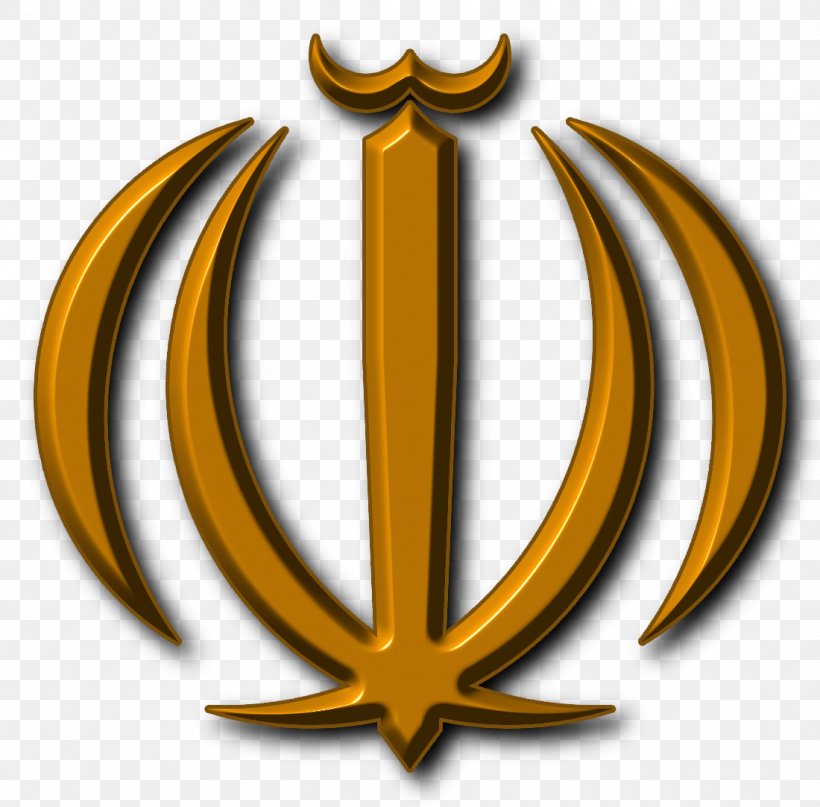The flag of Iran is one of the most visually striking national symbols in the world, blending historical significance with deep religious and cultural meaning. As a representation of the Islamic Republic of Iran, the flag has undergone several transformations throughout its history, reflecting the political and ideological shifts within the country. Understanding the symbolism of the Iran flag not only provides insight into its design but also offers a glimpse into the nation’s complex identity.
The Evolution of the Iran Flag

The origins of the Iranian flag can be traced back to the 15th century when the Lion and Sun (Shir o Khorshid) was used as a symbol of the Persian Empire. This emblem represented power, prosperity, and the sun god, Mithra. Over time, the flag evolved, and by the late 19th century, it featured a white background with the Lion and Sun at its center, flanked by green and red borders.
In 1906, following the granting of Iran’s first constitution, the tricolor flag—green, white, and red—was officially adopted. These colors were associated with Islam, peace, and courage, respectively. The Lion and Sun remained at the center, signifying the country’s imperial heritage.
However, the flag underwent a significant transformation in 1979 after the Iranian Revolution led by Ayatollah Ruhollah Khomeini. The new regime sought to replace the pre-revolutionary symbols with those that reflected the Islamic state. The Lion and Sun was replaced by a stylized emblem that included the word “Allah” and four crescents, symbolizing the five pillars of Islam.
The Colors of the Iran Flag
The green, white, and red stripes of the Iran flag are rich in symbolism:
-
Green Stripe: Green represents Islam and the Islamic faith, which is the foundation of the Islamic Republic. It also symbolizes growth, nature, and the spiritual values that guide Iranian society under Islamic governance.
-
White Stripe: White stands for peace and honesty. It reflects the purity of intentions and the hope for harmony both within Iranian society and in international relations, embodying Islamic values of justice and fairness.
-
Red Stripe: Red represents courage and martyrdom. It symbolizes the blood shed by those who died for Iran and the sacrifices made during the Islamic Revolution and the Iran-Iraq War to defend the nation and its Islamic principles.
The Central Emblem

At the center of the Iran flag is a stylized representation of the word “Allah,” designed to resemble a tulip. This motif is symbolic of martyrdom, a key theme in Iranian culture and history. The emblem features four crescents and a sword, representing the five principles of Islam and divine guidance over the Islamic Republic.
The choice of the tulip is particularly meaningful. In Persian culture, the tulip is often associated with sacrifice and beauty, making it an appropriate symbol for a nation that has endured significant turmoil and conflict.
The Border Text

Along the edges of the green and red stripes, the phrase “Allahu Akbar” (“God is Greatest”) is repeated 22 times. This number is significant because the Islamic Revolution took place on 22 Bahman in the Iranian calendar. The phrase “Allahu Akbar” is used by the muezzin to call faithful Muslims to prayer five times a day and is also an Islamic battle cry.
This inscription reinforces the religious basis of the Islamic Republic and serves as a reminder of the revolution’s impact on the nation’s identity.
The Legacy of the Lion and Sun

Before the 1979 revolution, the Lion and Sun was a beloved emblem of Iran. It appeared on many official documents and was a symbol of the Shah’s rule. However, after the revolution, this emblem was replaced by the current design, which reflects the new regime’s emphasis on religion and ideology.
Despite this change, the Lion and Sun remains a powerful symbol for some Iranians, especially those who oppose the current government or long for the era before the revolution. It continues to appear in protests and in the diaspora, where it represents a different vision of Iran’s future.
Conclusion
The Iran flag is more than just a national symbol—it is a reflection of the country’s history, values, and identity. From its early days as a representation of the Persian Empire to its current form as a symbol of the Islamic Republic, the flag has evolved to reflect the changing tides of Iranian politics and society.
Understanding the symbolism of the Iran flag provides valuable insight into the nation’s complex relationship with religion, history, and identity. Whether through its colors, its central emblem, or its border text, the flag tells a story of resilience, sacrifice, and the enduring spirit of the Iranian people.
Author: [Nama Lengkap]
Title/Role: [Jabatan atau keahlian]
Credentials: [Ringkasan kualifikasi atau pengalaman terkait]
Profile Link: [Link profil, opsional]
Sources:
1. Iran Government Website
2. BBC News – Iran Flag Symbolism
3. Encyclopedia Britannica – Iranian Flag
Internal Links:
– History of the Iranian Revolution
– Cultural Symbols of Iran
– Modern Iran and Its Identity
Featured Snippet:
The Iran flag features green, white, and red horizontal stripes, with a central emblem that includes the word “Allah” and the phrase “Allahu Akbar” repeated 22 times. The green stripe represents Islam, the white stripe represents peace, and the red stripe represents courage and martyrdom.
Call to Action:
Stay updated with the latest news and insights about global symbols and their meanings. Explore today’s headlines and discover how they shape our understanding of the world.









More Stories
US Trending News: The Amanda Kelly Story
US Trending News: What You Need to Know About the Baby Bar Exam
US Trending News: What You Need to Know About the Bar Exam